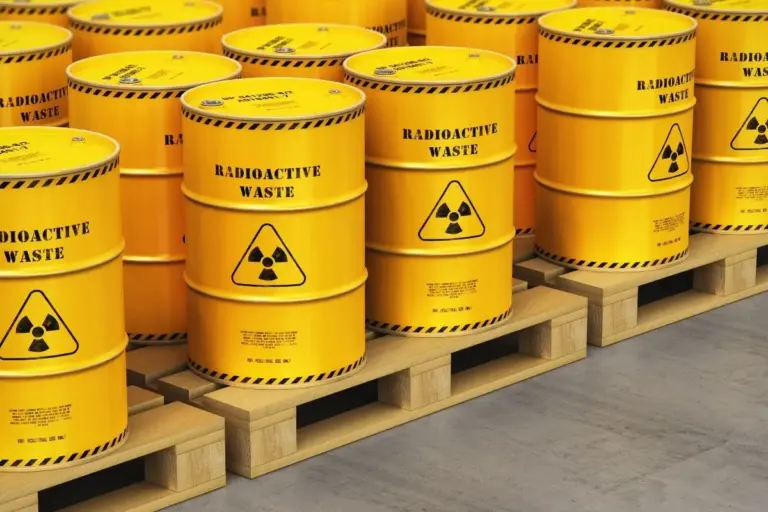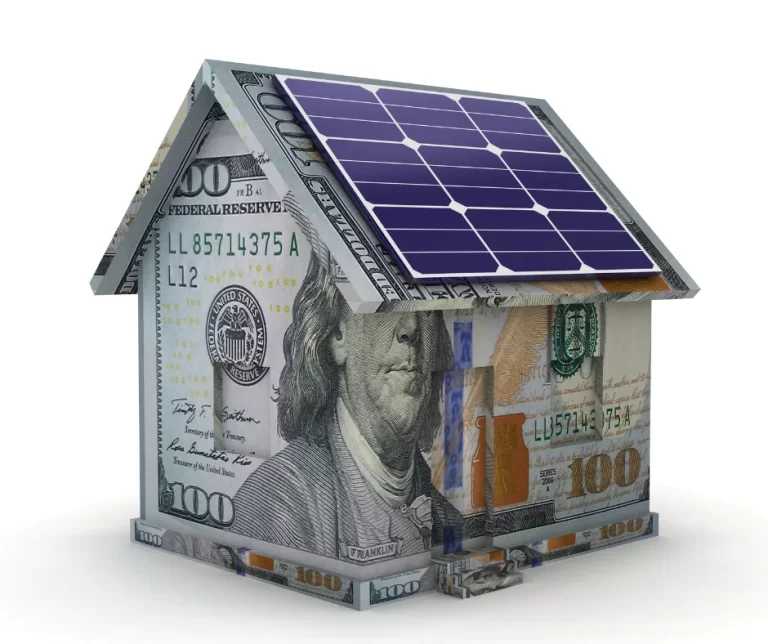Advertisements
When we talk about sustainability, recycling is one of the most widely discussed concepts. We are used to thinking of recycled products as paper, aluminum cans and even handicrafts, but did you know that it is also possible to build vessels from discarded materials? This sustainable trend, led by innovative individuals, transforms trash into eco-friendly boats, drawing attention to global pollution. Let's explore this fascinating universe and understand the positive impact of these recycled vessels.

The Awakening of Environmental Awareness in Boat Construction
In recent years, two young people from the Czech Republic have made a name for themselves on the environmental scene by building a vessel made entirely from PET plastic bottles. Tired of the relentless pollution in rivers and seas, they decided to take a creative and efficient approach to draw the world's attention. The result? A boat that floats on the water, made from discarded materials.
This innovative idea reflects a growing awareness of global pollution and the role we can all play in reducing it. Instead of throwing away plastic bottles and other materials, we can repurpose them into useful and sustainable projects. While it may seem unusual, building a vessels from recyclable waste is already a reality in several parts of the world, gaining support and recognition.

The Awakening of Environmental Awareness in Boat Construction
In recent years, two young people from the Czech Republic have made a name for themselves on the environmental scene by building a vessel made entirely from PET plastic bottles. Tired of the relentless pollution in rivers and seas, they decided to take a creative and efficient approach to draw the world's attention. The result? A boat that floats on the water, made from discarded materials.
This innovative idea reflects a growing awareness of global pollution and the role we can all play in reducing it. Instead of throwing away plastic bottles and other materials, we can repurpose them into useful and sustainable projects. While it may seem unusual, building a vessels from recyclable waste is already a reality in several parts of the world, gaining support and recognition.
The Concept Behind Vessels Made from Discarded Materials
The construction of vessels from discarded materials is not limited to the use of PET bottles. Other waste, such as plastic, wood and even metal, is transformed into functional and often surprisingly resistant structures. The prejudice against using “trash” to build boats has been replaced by the sympathy and acceptance of projects that prove the viability of these ecological vessels.
One of the main concepts involved in creating these vessels is the reuse. Unlike industrial recycling, which requires processes such as cleaning, melting and molding materials, reuse involves directly using discarded objects, such as plastic bottles, for construction purposes. This not only reduces the energy consumption required for recycling, but also gives new life to materials that would otherwise end up polluting the environment.
The Process of Creating Vessels from Discarded Materials
The creation of vessels from discarded materials It follows an ingenious process that involves careful planning, design and assembly. One of the most popular examples is the use of PET bottles, which are collected, cleaned and organized in a way that ensures buoyancy and stability. These bottles, when grouped correctly, form a solid and sturdy base for the boat, allowing it to float safely in calm or rough waters.
Others discarded materials that can be used in boat construction include:
- Recycled wood: Discarded planks and pieces of wood can be reused to create the structure of the boat.
- Plastic: Rigid plastics can be molded to form additional vessel components.
- Recycled metal: Discarded metal parts, such as beams or iron frames, can be incorporated into the design to provide extra support.
These materials are combined in creative ways, resulting in vessels that not only promote sustainability, but are also functional and, in many cases, stunning in their design.
The Environmental Impact of Sustainable Vessels
The construction of boats from discarded materials has a significant environmental impact. First, it helps reduce the amount of waste that ends up in landfills or, worse, in oceans and rivers. Every plastic bottle or piece of wood reused in a boat represents less waste that contributes to global pollution.
Additionally, when using discarded materials to create vessels, we promote awareness about the importance of reusing and recycling whenever possible. Projects like these demonstrate that “trash” can be transformed into something useful and even beautiful, encouraging more people to think twice before throwing away materials that could be reused.
Another important point is reducing dependence on natural resources. By reusing existing materials, we avoid the extraction and processing of new resources, such as wood or virgin plastics, contributing to environmental conservation and reducing ecological impact.
The Role of Sustainable Vessels in Education and Awareness
These projects not only help combat pollution, but also play a vital role in environmental education. By building vessels from discarded materials, these young people and companies are creating a visual and tangible way to draw attention to the plastic waste crisis in our oceans and rivers.
These eco-friendly vessels are often used in awareness campaigns, where they sail through polluted waters to illustrate the problem of plastic pollution. This has an impact not only on the people who witness the project, but also on social media and at environmental events, effectively spreading the message of reusing and recycling.
Additionally, many of these projects involve local communities in collecting discarded materials, promoting education on the importance of recycling and encouraging active participation in solving environmental problems.
Challenges and Opportunities in Creating Sustainable Vessels
Despite the many benefits of breeding vessels from discarded materials, this process also faces challenges. One of the main ones is the durability and safety of these vessels, since not all discarded materials are strong enough to withstand long periods of use. PET bottles, for example, can wear out over time, especially in marine environments.
However, these challenges also open doors to new opportunities. With the advancement of technology and the increased interest in sustainability, stronger and more durable materials are being developed to replace traditional ones. In addition, vessels made of discarded materials offer a unique opportunity for innovators and designers to experiment with new construction methods, creating more sustainable and efficient solutions.
Companies and startups that specialize in green construction also have the chance to capitalize on this growing market by offering vessels personalized and sustainable for consumers looking to reduce their environmental impact.
The Relevance of Vessels Made from Discarded Materials
To the vessels built from discarded materials represent a creative and effective solution to the growing global pollution crisis. In addition to promoting reuse of waste, these projects are powerful visual examples of the importance of sustainability and the need to rethink how we deal with waste. With more innovation and investment, it is possible that these eco-friendly vessels will become an even more significant part of global efforts to protect the environment.
These crafts are not only functional, but they also inspire change. Every plastic bottle repurposed is a victory in the fight against pollution. vessels Sustainable products are therefore a brilliant way to show that waste, when treated creatively, can have immense value, not only as a material, but as a message of hope for a cleaner, greener future.
Check out other interesting facts about recycling clicking here.
Learn how to make art by recycling, Click here.



